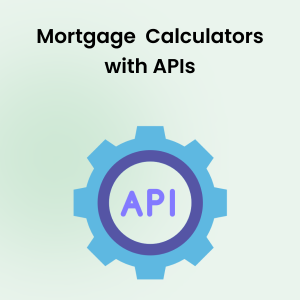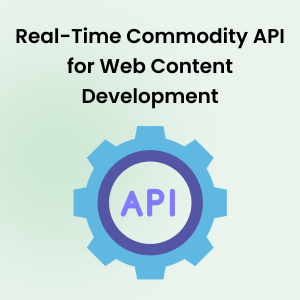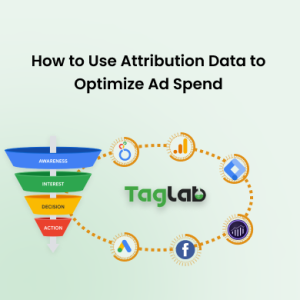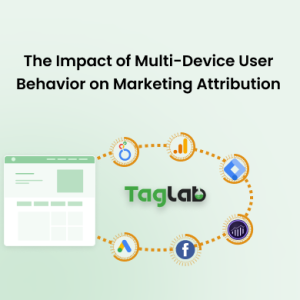Your cart is currently empty!
Time on Page Metric Definition
Posted by:
|
On:
|
Time on Page is a key performance indicator (KPI) that measures the average amount of time visitors spend on a specific webpage. It is an important metric for evaluating user engagement and the effectiveness of webpage content in retaining visitors’ attention.
Detailed Explanation
What is Time on Page?
Time on Page is calculated by measuring the duration between the moment a visitor lands on a webpage and the moment they navigate away from it. It helps businesses understand how engaging their content is and whether it is holding the visitors’ attention long enough.
How it Works?
A high Time on Page indicates that visitors are spending more time engaging with the content, which is often a sign of high-quality, relevant, and compelling content. Conversely, a low Time on Page suggests that visitors are quickly losing interest and leaving the page, which may indicate issues with the content, design, or overall user experience.
Types of Time on Page
- Average Time on Page: The average amount of time all visitors spend on a specific page.
- Median Time on Page: The midpoint amount of time where half the visitors spend more time and half spend less time on a specific page.
- Segmented Time on Page: Time on Page analyzed by different segments, such as traffic source, device type, or user demographics.
Illustrative Scenarios
Examples
- If visitors spend an average of 5 minutes on a blog post, this indicates high engagement with the content.
- If visitors spend an average of 30 seconds on a product page, this might indicate that the page is not engaging or relevant to the visitors.
Advanced Calculations
- Segmented Analysis: Analyzing Time on Page by different segments (e.g., by traffic source, device type, or user demographics) can provide deeper insights. For example, comparing Time on Page for mobile vs. desktop users can help optimize content for different devices.
Factors Influencing Time on Page
- Content Quality: High-quality, relevant, and engaging content tends to retain visitors’ attention longer.
- Page Load Speed: Faster loading pages can improve Time on Page by reducing visitor frustration.
- User Experience: Easy-to-navigate and visually appealing pages can encourage visitors to stay longer.
- Content Format: Different content formats (e.g., videos, infographics, long-form articles) can impact how long visitors stay on a page.
Strategies to Optimize Time on Page
- Improving Content Quality: Creating high-quality, relevant, and engaging content to keep visitors interested.
- Enhancing Page Load Speed: Optimizing page load times to prevent visitors from leaving due to slow-loading pages.
- Optimizing User Experience: Designing an easy-to-navigate and visually appealing website to enhance user engagement.
- Utilizing Engaging Content Formats: Incorporating videos, infographics, and interactive elements to capture visitors’ attention.
Time on Page Benchmarks
Time on Page benchmarks vary by industry and type of website. For example:
- Blog Websites: Typically have an average Time on Page ranging from 2 to 5 minutes, depending on the length and quality of the content.
- E-commerce Websites: Generally have a shorter average Time on Page, often ranging from 1 to 3 minutes, as visitors may be quickly browsing products.
- Educational Websites: Often have higher average Time on Page, ranging from 3 to 10 minutes, due to in-depth content and resources.
Comparing your Time on Page against industry standards can help gauge performance and set realistic goals.
Tools for Measuring Time on Page
- Google Analytics: Provides detailed Time on Page metrics for individual pages and segments.
- Adobe Analytics: Offers comprehensive Time on Page analysis and segmentation.
- Hotjar: Provides insights into user behavior, including Time on Page, through heatmaps and session recordings.
- Crazy Egg: Offers visualizations and analytics to help understand Time on Page and user behavior.
Common Pitfalls and Mistakes
- Ignoring Page Load Speed: Failing to address slow-loading pages can negatively impact Time on Page.
- Overlooking Content Relevance: Not providing relevant and high-quality content can lead to shorter Time on Page.
- Inconsistent Tracking: Inconsistent tracking and analysis of Time on Page data can lead to unreliable insights.
- Not Considering User Intent: Failing to consider the intent of visitors can result in misleading conclusions about Time on Page.
Frequently Asked Questions
What is Time on Page?
Time on Page is the average amount of time visitors spend on a specific webpage. It is calculated by measuring the duration between the moment a visitor lands on a webpage and the moment they navigate away from it.
Why is Time on Page important?
Time on Page is important because it helps businesses understand how engaging their content is and whether it is holding the visitors’ attention long enough. A high Time on Page often indicates high-quality, relevant, and compelling content.
How can I increase Time on Page?
Increasing Time on Page can be achieved by improving content quality, enhancing page load speed, optimizing user experience, and utilizing engaging content formats such as videos and infographics.
What factors influence Time on Page?
Factors influencing Time on Page include content quality, page load speed, user experience, and content format. High-quality, relevant content and a positive user experience can lead to longer Time on Page.
What is a good Time on Page?
A good Time on Page varies by industry and type of website. For blog websites, a typical average Time on Page ranges from 2 to 5 minutes. E-commerce websites generally have a shorter average Time on Page, often ranging from 1 to 3 minutes, while educational websites often have higher average Time on Page, ranging from 3 to 10 minutes.



